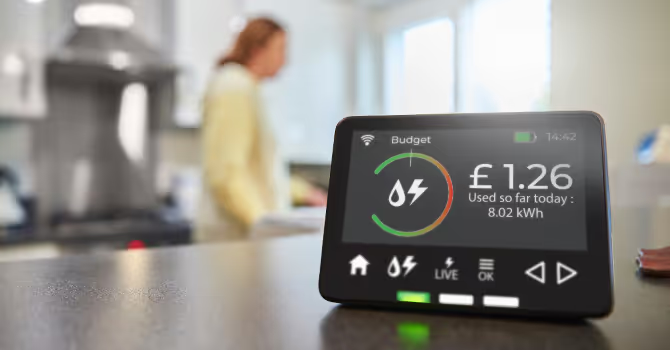




The Government has launched a new consultation that could change the game for rental property energy standards. The current minimum EPC rating of E may soon rise to a C by 2030. But that’s not all - new proposals go further than before, introducing updated ways to assess energy performance. These would factor in not only how well-insulated a property is but also its heating system’s emissions, efficiency, and even “smart readiness.” The validity of EPCs could also be cut from 10 years to a shorter timeframe.
Crucially, this change in how EPCs are calculated may mean that even some properties already rated C or higher could require further upgrades to stay compliant.
If adopted, these changes would come into force from 2028 for new tenancies and 2030 for existing ones. Transition arrangements are expected for homes already meeting a C rating under current rules.
How many rental homes still need upgrades?
The 2023–24 English Housing Survey reveals nearly 2.5 million privately rented homes still fall below the proposed C rating:
• Just 48% of PRS homes currently meet an EPC rating of A–C
• 14% still don’t have central heating
• Only 47% of renters have electricity smart meters
• Cavity wall insulation is lacking in 40% of PRS homes
• Around a third of PRS properties were built pre-1919, making upgrades more complex
7 key steps to boost your EPC rating and future-proof your property
If your property is below a C, here’s where to start:
1. Get an up-to-date EPC – Especially if you've made any energy improvements. A new assessment outlines your current rating and lists recommended upgrades, often with cost estimates.
2. Maximise insulation – Walls and lofts are major heat loss zones. Good insulation improves efficiency and cuts tenant bills.
3. Upgrade windows to double glazing – Helps with both heat retention and soundproofing.
4. Install a modern heating system – An efficient boiler plus a smart thermostat gives tenants control and reduces energy waste.
5. Fit a smart meter – Helps tenants track energy use and encourages smarter habits.
6. Provide A++ appliances – Energy-efficient white goods cut electricity usage and lower emissions.
7. Make recycling easy – Clear bins and local info make it more likely tenants will recycle properly.
What tenants want – and why it pays to go green
According to a recent survey by Leaders Romans Group, tenants rate these two eco features highest:
• Energy-efficient appliances
• Easy recycling access
And here’s the real incentive:
• 80% of tenants say energy efficiency influences their choice of rental
• 75% are willing to pay more for an energy-efficient home
• Homes with A or B ratings may also qualify for better mortgage deals and help protect your property’s future value
While Rightmove estimates the average cost to upgrade is £8,074, this is an investment in your property’s long-term appeal and value. Green homes rent faster, attract better tenants, and stand out in a competitive market.
Need advice on where to start? Just give your local Leaders branch a call.
Tags:
Comments